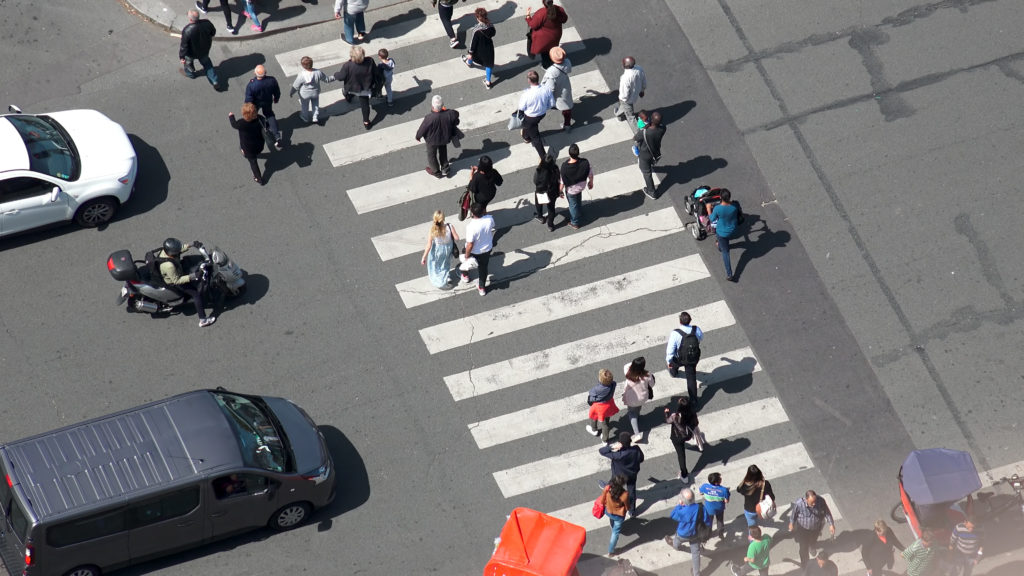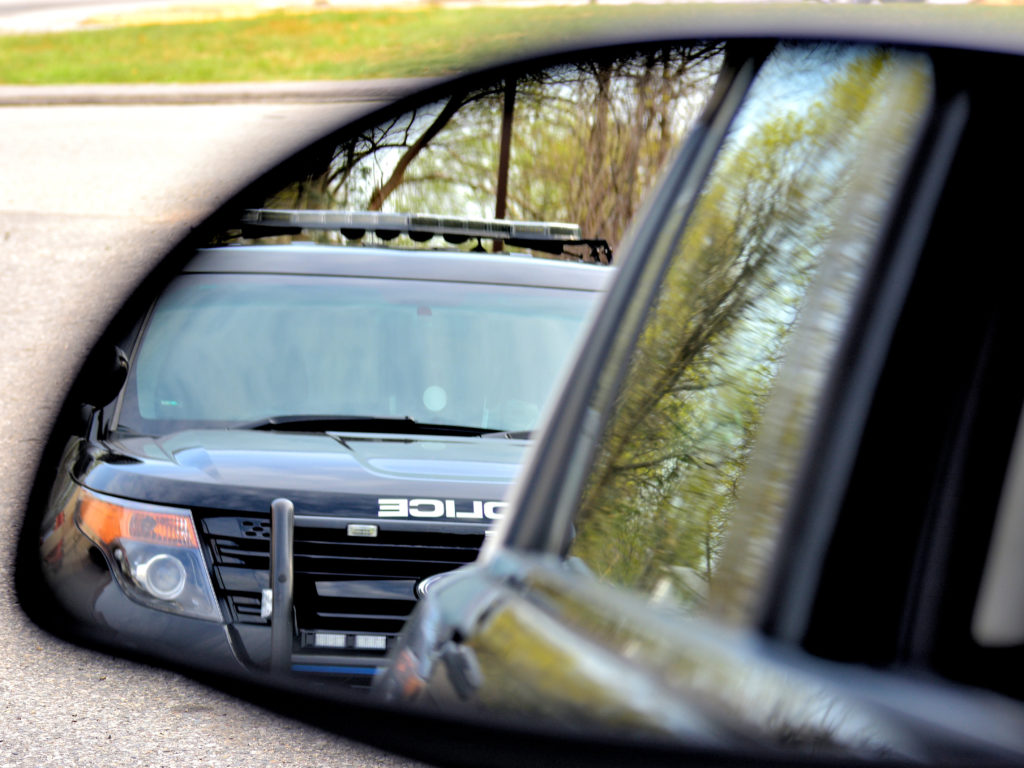
When we think about distracted driving, certain types of distractions come to mind. Phone usage, eating while driving, and adjusting the radio are often mentioned as particularly dangerous habits. But did you know that conversing with a passenger can also be a dangerous distraction? One study from the University of Michigan has even compared the level of distraction that occurs when talking to a passenger to that of texting on a cell phone.
This is because talking to passengers while driving can divert your attention away from the driving task at hand and cause you to miss important visual cues like the presence of a pedestrian. Even if your eyes remain on the road, your attention might waiver to the conversation between you and the passenger.
Remaining attentive when driving is always important, but distractions are especially risky when making left turns. Left turn are notoriously dangerous maneuvers even if they may seem routine to the average driver. This is because drivers must be aware of multiple hazards, including oncoming traffic and pedestrians.
Let’s dive in to some of the specific ways that a conversation with a passenger can cause a collision during a left turn:
- Taking your attention away from the road: Like we mentioned above, you can still be distracted even if your eyes remain on the road. This is because you may be thinking about how to respond in your conversation with the passenger without realizing that a hazard is in your path. During a left turn, conversing with a passenger could even lead to forgetting to wait for a safe gap in oncoming traffic.
- Leading you to miss important visual cues: We already mentioned how conversing with a passenger could lead to missing an important visual cue like a pedestrian in the crosswalk. But there are many other visual cues that you must remain aware of, such as the changing phases of a traffic light or an unusual traffic sign.
- Causing you to make mistakes in judgment: Left turns require good judgement on the part of the left-turning driver. For example, a left-turning driver must be able to accurately judge the speed and distance of an oncoming vehicle. Talking to a passenger could lead you to misjudge oncoming traffic, resulting in a catastrophic collision.
If a left-turning driver is distracted, there are multiple points during the course of the turn where a collision is likely to occur. Let’s dive in to some of these possible collisions:
- Oncoming traffic: As we talked about above, conversing with a passenger could lead to a collision with oncoming traffic. Commonly, left-turn collisions with oncoming traffic result in T-bone or head-on collisions. These are two of the most dangerous types of accidents, with high casualty and fatality rates.
- Pedestrians: When making a left turn, drivers are often required to proceed through the pedestrian crosswalk. At an intersection without a protected green arrow, pedestrians will usually have a walk sign at the same time that a left-turning driver has a green light. Pedestrians always have the right of way in this case, and it is vital for drivers to be extra attentive so as not to collide with a pedestrian. A vehicle colliding with a pedestrian is the most fatal common collision, and drivers should be aware of any pedestrian activity.
- Rear-end collisions: Distracted driving may lead a left-turning driver to forget to signal prior to executing their turn. This is particularly dangerous for intersections that do not have a designated left turn lane. This is because the driver behind the left-turning driver may assume that the driver in front intend to proceed straight through the intersection. This could lead to a read-end collision.
According to the National Highway Traffic Safety Administration (NHTSA), distracted driving is a factor in approximately 15% of all fatal crashes. Talking to passengers is one of the most common forms of distracted driving, especially among younger drivers.
However, we are aware that occasional communication with a passenger while driving is not entirely avoidable. For that reason, we would like to cover some tips to keep in mind to remain attentive while driving:
- Keep Conversations Short and to the Point: If you must have a longer conversation with a passenger, it is best to pull over to the side of the road until you can give your full attention to operating your vehicle.
- Avoid Potentially Emotional Topics: Emotional conversations can be more distracting, so it is best to save more emotional conversations for another time.
- Set Expectations with Passengers before Driving: It may be best to inform your passengers that you may not be able to respond to them right away while driving.
- Refrain from Conversing during Left Turns: Left turns, which are some one of the more complex maneuvers, require your full attention. It is best to save your conversation for after you have completed your left turn.
Talking to passengers while driving can be a distraction, just like phone use or eating while driving. It is important to remember that, even though your eyes may remain on the road, your brain may be preoccupied with the conversation at hand. This can lead to dangerous collisions and cause serious harm to yourself or others.
For that reason, it is important to give driving your full attention, especially during left turns. You should be able to focus fully on pedestrian activity, oncoming traffic, and other traffic activity in the intersection where you intend to turn. Remember, safety first!




